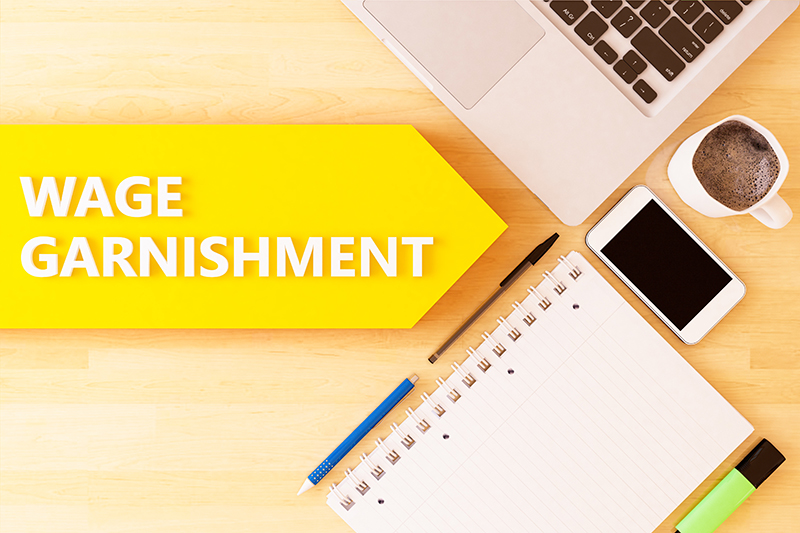Can the IRS garnish your wages? Can they garnish your entire paycheck?
April, 07 2020 by Jean Lee Scherkey, EA
An enticing olive, a scattering of capers, a few toasted pine nuts - I really do relish a good garnish. Pleasing to the eye, they are like the cherry on the top of the quintessential sundae. However, not all garnishes are equal or pleasant, particularly when they accompany your paycheck, compliments of the IRS. Like a piece of parsley that is way past its prime, wilted and slimy, a wage garnishment spoils the recipient’s payday.
One of the ways the IRS may collect federal taxes that are due is by garnishing (levying) a taxpayer’s wages. Keep in mind that this is not the first line of action the IRS will take. Generally, the IRS will send several notices to the taxpayer requesting payment before issuing a wage garnishment order to the taxpayer’s employer. The IRS sends notices to the taxpayer’s last known address, so if their address is not up-to-date with the IRS, the taxpayer may have no idea they have an issue with the IRS. For all those independent contractors out there breathing a sigh of relief thinking you have escaped the possibility of garnishment, you may want to take a seat. Independent contractors are not immune to having their payments for services taken by the IRS, for the IRS does issue garnish orders to small business taxpayers’ customers.
The IRS will send your employer, customer, or vendor Form 668-W(ICS) or 668-W(C)DO notifying them they are required (ordered) to begin garnishing the wages/payments of the affected taxpayer. Upon receiving the order, employers generally have at least one full pay period to begin garnishment. Along with the form, employers will also receive Publication 1494, which contains tables that help determine the amount the employer is required to garnish. The employer will give the affected worker a Statement of Dependents and Filing Status that must be filled out and returned to the employer within three days. The information from this form will determine how much of your wages will be exempt from garnishment. If this statement is not filled out and returned within three days, the exemption amount will be calculated using married filing separately as your filing status with no dependents.
Generally, the IRS does not garnish all of a taxpayer’s wages. However, if the taxpayer has more than one job (which many people do), the IRS may garnish all of the wages from one employer. Remember, if you receive a separate bonus or other incentive pay apart from your usual paycheck during the garnishment period, the IRS will collect all of the income from these payments. So, any plans that you already made with this extra income will need to be postponed. If you are a “glass half full” kind of person, the good news is you are that much closer to paying off the back taxes due.
Once a wage garnishment starts, it generally does not stop until the debt is paid in full. Other ways a garnishment can be released are:
- The statute of limitations on the collection of the tax due has ended. (Generally, the IRS has ten years from the date the tax is assessed to pursue collection.)
- Making other arrangements with the IRS to pay the taxes that are due.
- The garnishment is creating an economic hardship. (Generally, taxpayers will need to show proof that the garnishment is creating a severe economic hardship.)
The best way to divert a wage garnishment is to stay in contact with the IRS. If you have a balance due that you cannot pay in its entirety or not at all, the IRS has programs to assist taxpayers in paying the tax due in installments or postponing the payments for a period of time. Alternatively, if the taxpayer qualifies, they can submit an Offer in Compromise. The thought of negotiating with the IRS can be a frightening and overwhelming prospect. Fortunately, you are not alone. Just like a sprig of fresh mint brings refreshment to a cold glass of lemonade on a hot summer’s day, the tax experts at TaxAudit’s Tax Debt Relief Assistance are here to help relieve your anxiety and fears. Armed with years of experience, extensive tax knowledge, and compassion, our conscientious tax professionals will stand with you so that you receive the best solution possible.





